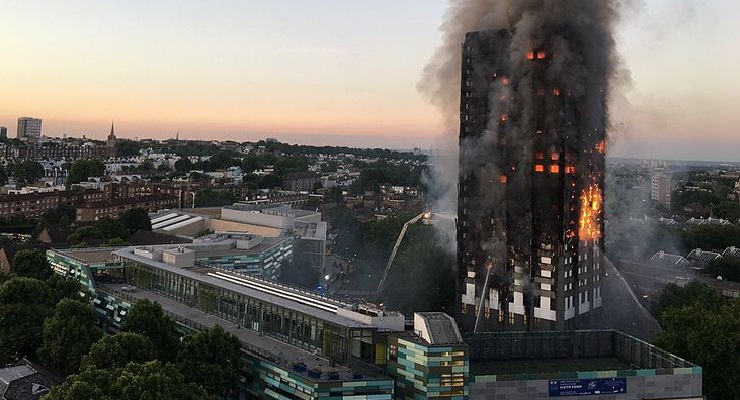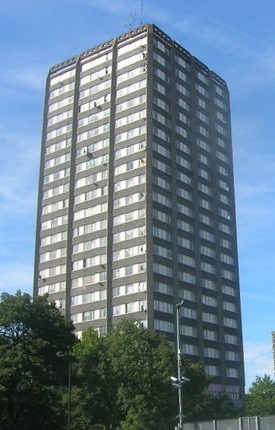
A horrendous fire that set the Grenfell Tower in west London ablaze on June 14 could have resulted in far less loss of life than the 79 people whose lives were claimed that Wednesday. The fire, which burned for just about 24 hours, initially required 35 fire engines, along with hundreds of firemen in an effort to control the burning building.
Now, even though the direct cause of the fire is still in the air as some reports linked a faulty refrigerator to the tragedy, one thing is for certain: the cladding on the exterior of the 24-story building played a major role in exacerbating the fire.
Many fire safety experts believe that the building’s newly installed external cladding contributed to the rapid spread of the fire to the rest of the tower. In fact, one resident of the Grenfell Tower stated that “The whole one side of the building was on fire. The cladding went up like a matchstick.”

However, according to Chancellor Philip Hammond, the type of cladding used on the Grenfell Tower during the time of the deadly fire was already banned in both the United States and Britain.
Mr. Hammond told BBC One’s Andrew Marr Show, “My understanding is the cladding in question, this flammable cladding which is banned in Europe and the US, is also banned here.”
Records show that over $33 million were spent installing an “ACM (Aluminum Composite Material) rainscreen over-clad” during the recent renovations that took place at the Grenfell Tower in 2012. One of the main products used in the cladding was Reynobond, which is available with various types of core materials. The material used on the Grenfell tower cladding was polyethylene (Reynobond PE). Another, more fire-resistant material (Reynobond FR) is another option for building cladding. The fireproof version of Reynobond cladding cost just over $30 per square meter. On the contrary, the flammable version cost just over $28 per square meter.
What follows next is why I believe certain people need to be held responsible for the incident and why this fire should not have spread as quickly as it did that Summer night.
According to the European distributor of Reynobond Arconic’s current brochure and website, the Reynobond PE cladding used on the Grenfell Tower was only suitable for buildings 10 meters or less in height. The higher grade fire-resistant cladding could be used on buildings up to 30 meters tall.
The Grenfell Tower was 67.3 meters in height and should have been equipped with the non-combustible A2 version of Reynobond cladding.
The manufacturer of the cladding states that Reynobond PE is banned in the United States for buildings which exceed 12 meters in height due to the risk the cladding poses of spreading fire and smoke. The Department for Communities and Local Government in the United Kingdom also stated that cladding with a polyethylene core “would be non-compliant with current Building Regulations guidance. This material should not be used as cladding on buildings over 18 meters in height.”
During the renovations to the Grenfell Tower in 2012, an insulation foam product called Celotex RS5000 was installed behind the building’s cladding. According to its datasheet, the product “will burn if exposed to a fire of sufficient heat and intensity.” Charred remains of this product were found littered around the area of the Grenfell Tower in the aftermath of the fire.
The bottom line in this situation is that even though the cause of the fire seemed inevitable, the cladding installed on the exterior of the Grenfell Tower in 2012 was not only the wrong type for that particular building, it was also banned in both the United States and Britain.
There is no reason the cladding that “went up like a matchstick” should have been placed on the outside of the Grenfell Tower. If proper procedure had been taken in placing the correct cladding on the building, regardless if it may have been more expensive, I suspect far less than 79 people would have lost their lives on June 14.
Leave a Reply